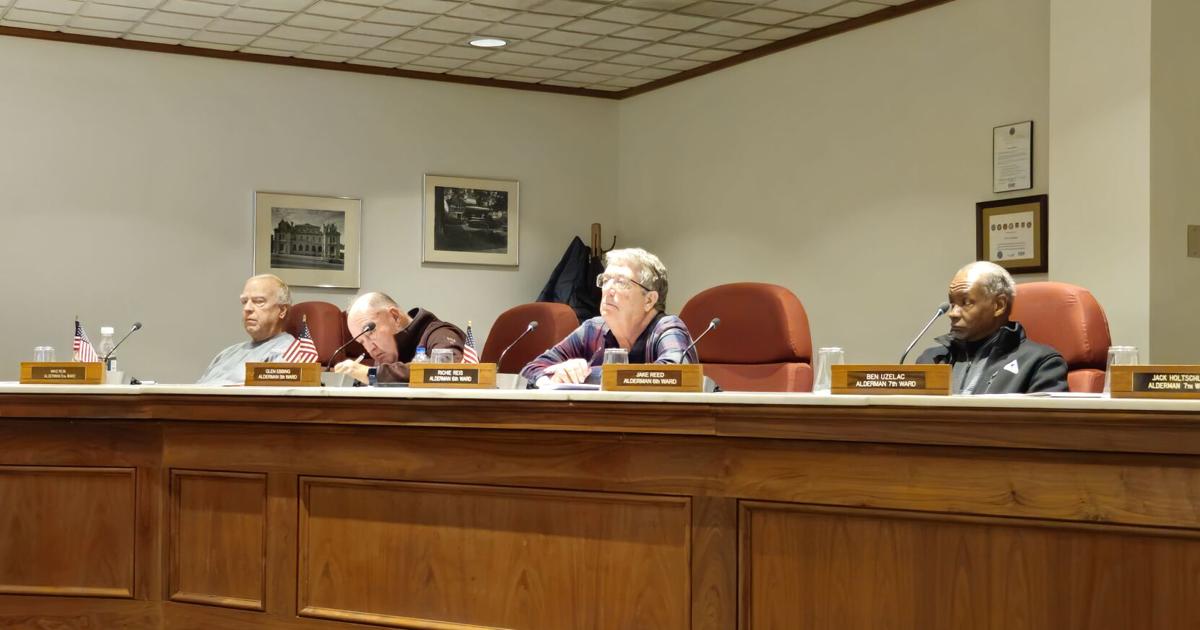QUINCY — The city of Quincy on Monday hosted a public hearing to determine which of six airline proposals would serve residents best.
The discussion, presided over by the newly formed Essential Air Service committee, touched on key factors including jet aircraft versus propeller aircraft, which cities are priority destinations, customer expense and city expense.
However, the most commonly held concern — shared by city staff and travel agents in attendance — was the need for reliability.
Southern Airways Express, the city’s current provider, promised it would expand Quincy’s air traffic from the 10-12,000 passengers it got annually under Cape Air and SkyWest Airlines up to 20,000 annually.
Instead, complaints of unreliability that was first attributed to pilot shortages, then weather and mechanical failures and finally fleet shortages reduced traffic to 4,000.
Because of this unreliability, Quincy has failed to meet certain federal funding thresholds, losing the Quincy Regional Airport hundreds of thousands in grant-match eligible funding.
Jennifer Lepper, representing Quincy Discount Travel, and Mecki Kosin, representing Travel House of Quincy, both expressed consumer confidence has been devastated by recent service quality.
Lepper told the press she no longer recommends Quincy-based air travel to her clients as things stand. Clients prefer driving to St. Louis over Southern Airways’ frequent cancellations, which often come with late notification and no alternative arrangements.
Each of the six airlines that submitted the proposal — Air Wisconsin, Skywest Airlines, Contour, Cape Air, Boutique Air, and Southern Airways Express — calculated their flight completion rates in the upper 90th percentile.
Mayor Mike Troup said Southern Airways wasn’t achieving its marketed rate within the first month of service.
Troup pointed out jet aircraft are significantly more resistant to inclement weather, a valuable trait that should be apparent in the statistics considering Chicago’s winter weather.
A show of hands at the meeting revealed an overwhelming preference for jet aircraft over the small nine-passenger vehicles offered by Cape Air, Boutique Air and Southern Airways.
Of the remaining bids, the debate narrowed the selection to Contour Airlines and Air Wisconsin.
Air Wisconsin’s 50-passenger CRJ 200 jets were credited with being the most comfortable option by several including Lepper.
Air Wisconsin was one of relatively few airlines proposing weekly routes to both St. Louis Lambert International Airport and Chicago’s O’Hare International Airport and, offering a theoretical maximum of 18,720 annual enplanements if 30% of seats are purchased. The airline has options for 12 weekly roundtrips to Chicago or for seven roundtrips to Chicago and five roundtrips to St. Louis each week.
Lepper’s only criticism was her preference for Dallas over St. Louis as a southern hub for vacationers. She argued St. Louis has inadequate connection flights for most vacationers’ needs. When SkyWest was serving Quincy, she said most of her clients booked air travel through Chicago.
Still, other attractions of the airline including its codeshare agreement with American Airlines appeared to win Lepper over.
A codeshare agreement with American Airlines gives Air Wisconsin passengers security clearance for subsequent flights and guarantees one ticket for the entire trip. Other air providers including Contour have interline agreements with a variety of national airlines, but such agreements only cover the passage of luggage between flights.
Lepper and Kosin said though interline agreements often save participating airports money on check-ins and security screenings, they often don’t pass these savings onto customers, who often must purchase two tickets adding up a much greater expense when big-city fare is considered.
Air Wisconsin’s subsidies start at $6.776 million, with fares averaging $60 a ticket.
SkyWest Airlines, which previously served the airport for two years, would use the same aircraft but only serve Chicago. Its subsidy request is $5.787 million, with fares averaging $90 a ticket.
Committee members pointed out CRJ 200 jets are no longer manufactured as a potential downside.
Alderman Mike Rein, R-5, suggested Troup check if airlines are legally bound to their offered fare rate out of concern airlines will change their pricing models if traffic can’t support profits.
He expressed doubt airlines will hit even 30% capacity given the recent loss of consumer confidence, and said the city should request presentations of each airline’s marketing plan.
Service from either airline would require firefighters on-site at the airport for each takeoff and landing due to federal regulations involving jets that large.
Troup said last time the same was required of the Quincy Regional Airport in 2018, the costs reached “a little over $100,000 per year … obviously (firefighter) compensation has increased since.”
Both jet airlines have suggested the city increase its landing fee on commercial airlines to cover the expense. The airport’s landing fees were last modified in 2016 when they were set at 70 cents per 1,000 pounds of landing weight.
A contract with Contour Airlines would avoid the issue while providing a service capacity some thought more reasonable for Quincy at 20,952 enplanements assuming a 50% load.
Contour typically uses modified 30-passenger CRJ jet aircraft which are subject to fewer fire regulations. Flights are registered as chartered, which also contributes to less regulation.
Contour would offer a similar flight schedule compared to Air Wisconsin with seven weekly flights to Chicago and five to Nashville instead of St. Louis. Its subsidy would start at $6.491 million and the fare would be $60 with a $39 supersaver occasionally.
However, a show of hands for residents interested in travel to Nashville showed little interest. Lepper criticized the lack of non-stop flights through the airport and others said Contour has shifted to Chicago as a hub in other EAS markets.

